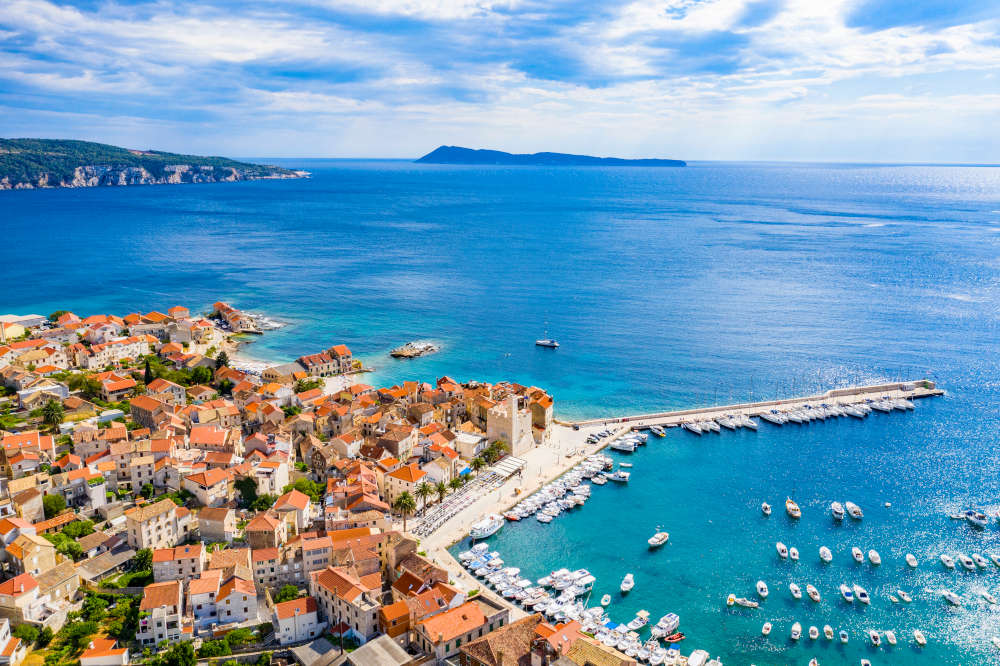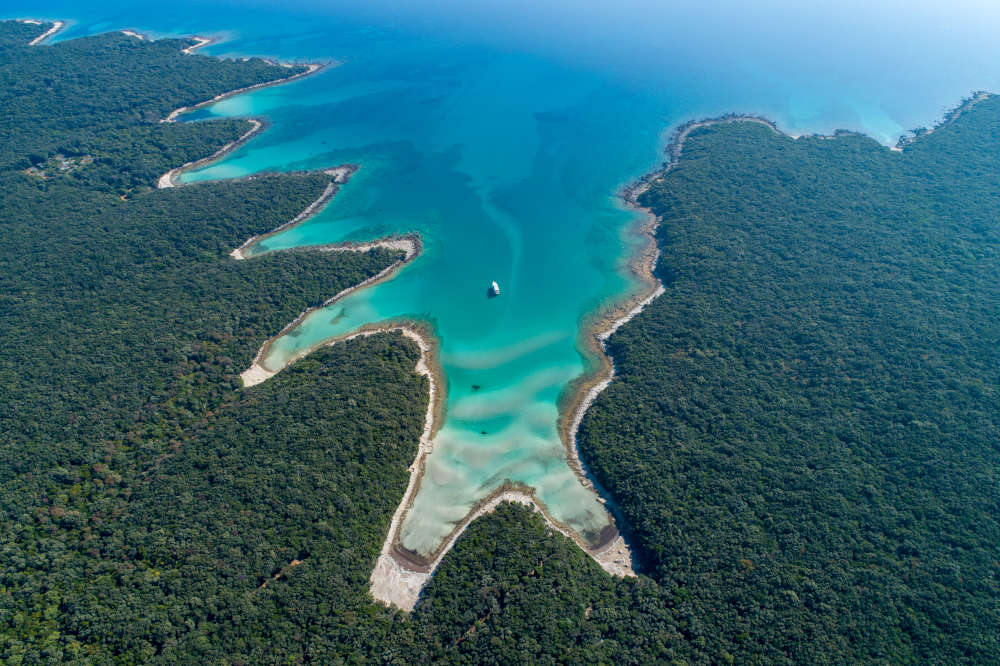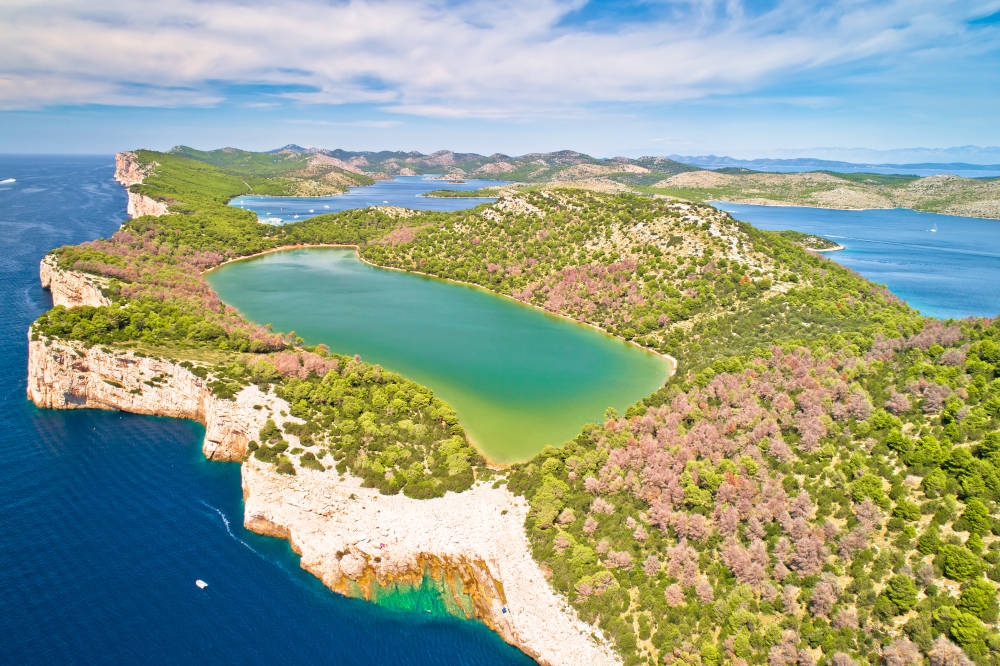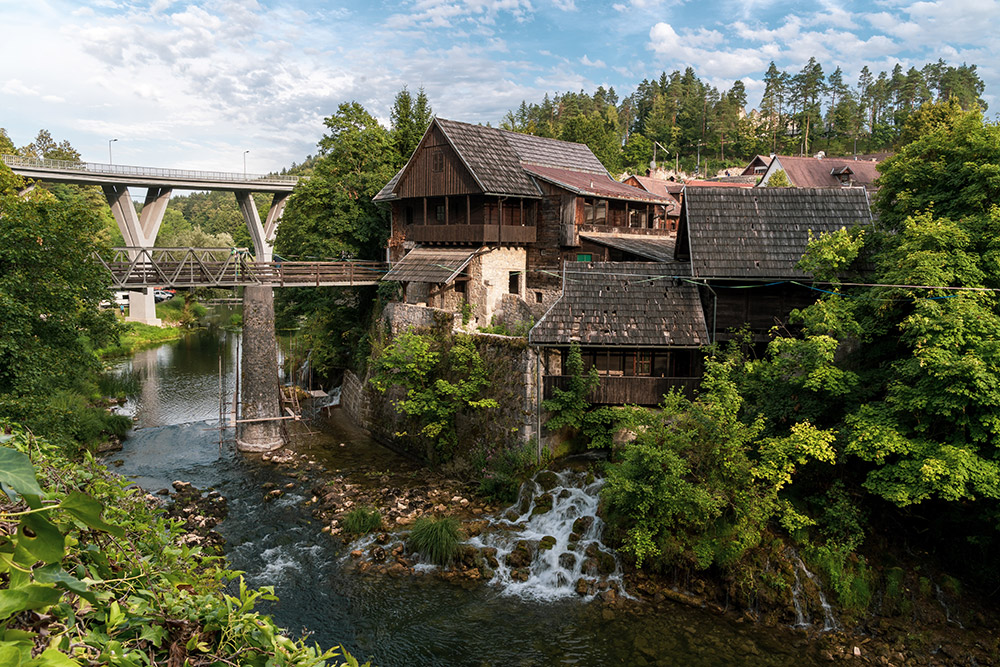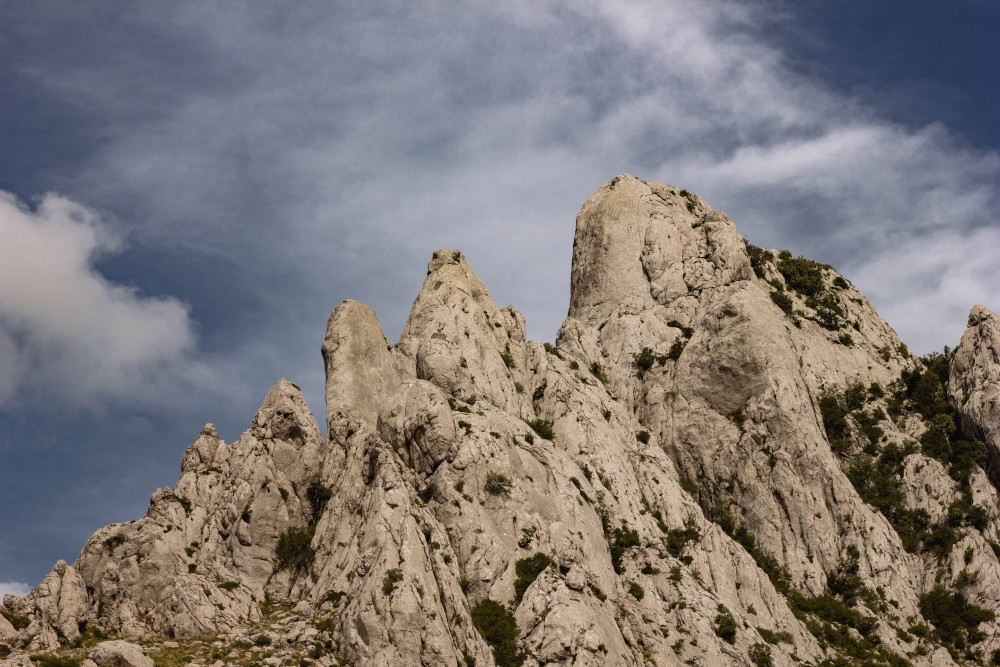Zagreb
- Home
- Croatian Destinations
- Zagreb
Zagreb
- access_time17 February 2021
- account_circleCroatian Destinations
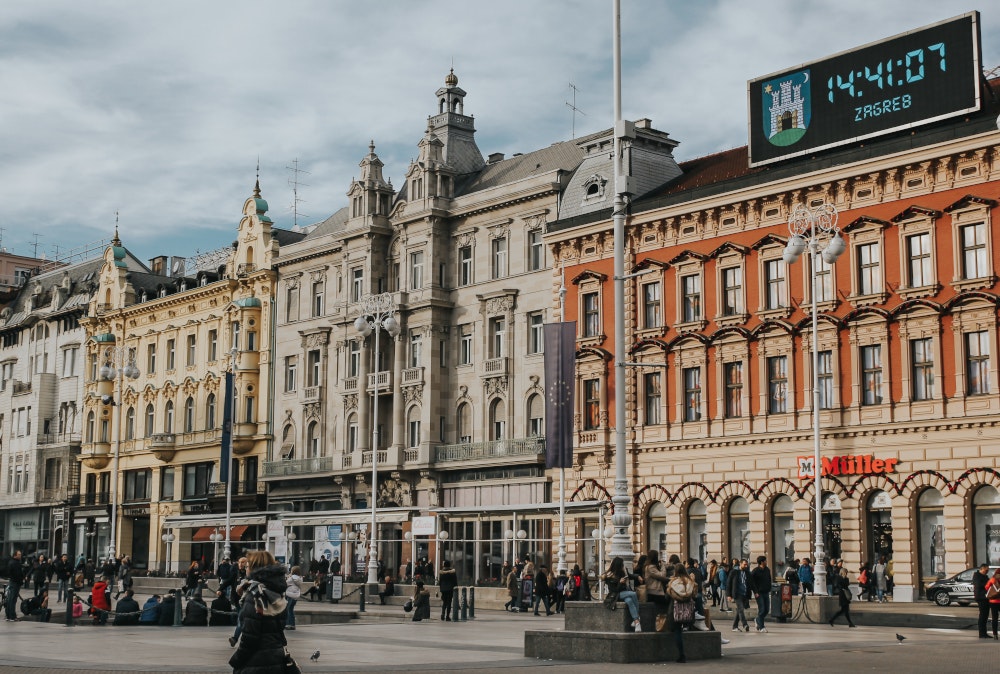
Zagreb is the capital of Croatia and a rather underrated tourist haven in Eastern Europe. Rich in history and culture, Zagreb offers the colorful heritage of the European cities and combines it with the laidback mannerisms of the Mediterranean towns. More arty and dynamic than other tourist-infested cities along the Adriatic coast, Zagreb had largely flown under the radar for tourism, until now, when it experienced a spike in international interest. All this makes it a truly unique tapestry of arts, culture, and history, and hence, is a truly unique representation of the richness and color fullness of Central Europe.
A major political and cultural focal point since the 15th century, Zagreb was always an important place for the Croats. It grew amongst two major communities, Kaptol in the east and Gradec in the west, each of which flanked by a hill and separated by a river which has now dried up. The history of Zagreb begins in 1094 when Ladislas I of Hungary established control over the area. A Christian community established on the Kaptol (which translates as 'Cathedral Chapter') while the Hungarian crown retained control of the opposite community, the Gradec. The two communities did not get along, often clashing for the control of various resources.
The city was under the Ottoman Empire in the 16th century and was one of the centers of power in the Empire. After World War 1 and the creation of Yugoslavia, the city lost its importance, with other cities such as Belgrade receiving a much higher stature. After World War 2 and the breakup of Yugoslavia, Croatia became a socialist republic, and Zagreb became the seat of power for the newfound nation. It emerged relatively unaffected from the collapse of Yugoslavia, often a bright spot in a rather stop-start economy.
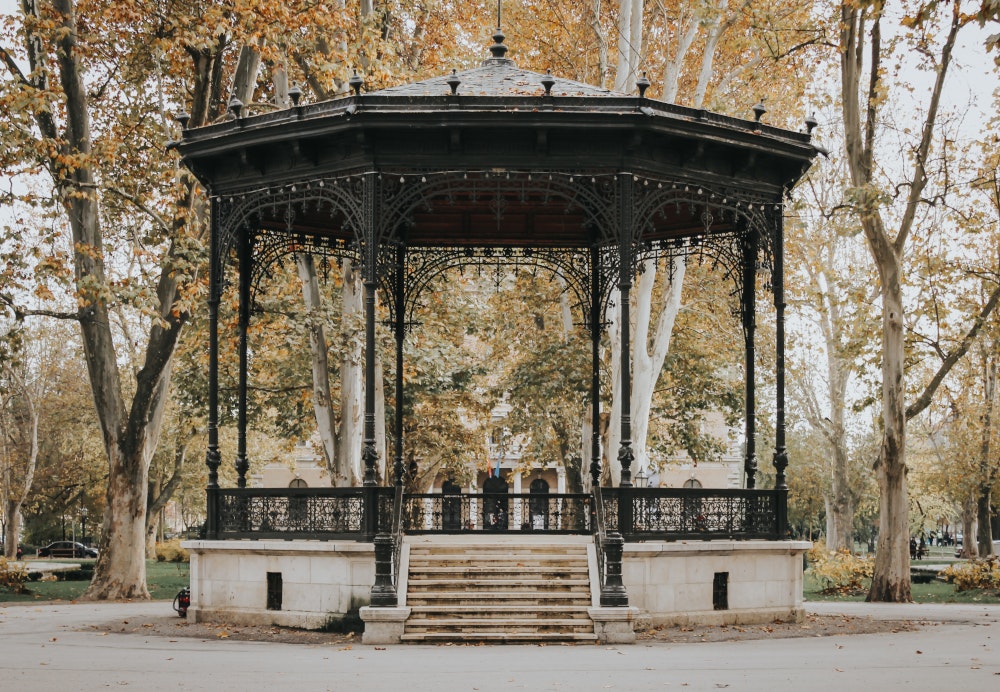
Zagreb has a rich collection of monuments and historical sites on display. Starting with the Kaptol square, which hosts a number of historic structures from the 17th century, all in one of the most popular locations of the upper town.
Moving on to the lower town, we have Ban Jelacic Square, the focal point of Zagreb and the heart of the lower town. Hosting a statue of Ban Jelacic, the 19th-century governor who unsuccessfully rallied Croats to usurp Hungarian government. The square hosts impressive 19th-century architecture, while the plethora of tourists flooding the location makes it a perfect spot to experience the hustle-bustle and city life of Zagreb.
Towards the southwest part of the city lies a majestic medieval fortress, the Medvedgrad Fortress. Standing still since the 13th century, the fortress has served many years protecting the city against external invasions. Now restored for the public display, the monument hosts mighty towers, an impressive chapel, and ''The Shrine of the Homeland', in addition to some truly fantastic views.
The Medvedgrad Fortress is perched on an equally majestic Mount Medvedgrad, the natural attraction of the city. Accessible by cable car, drive, or hike, it's the perfect location to spend a quaint day in the lap of mother nature. The village Sljeme, sitting atop Mount Medvedgrad, attracts tourists and visitors with its collection of cafes, shops, and a seasonal ski resort. The hill station is an amazing experience for someone looking for a day away from city life hustle, bustle, and midst the great outdoors. Hence, even with the limited timings of the location, it's definitely worth a visit.
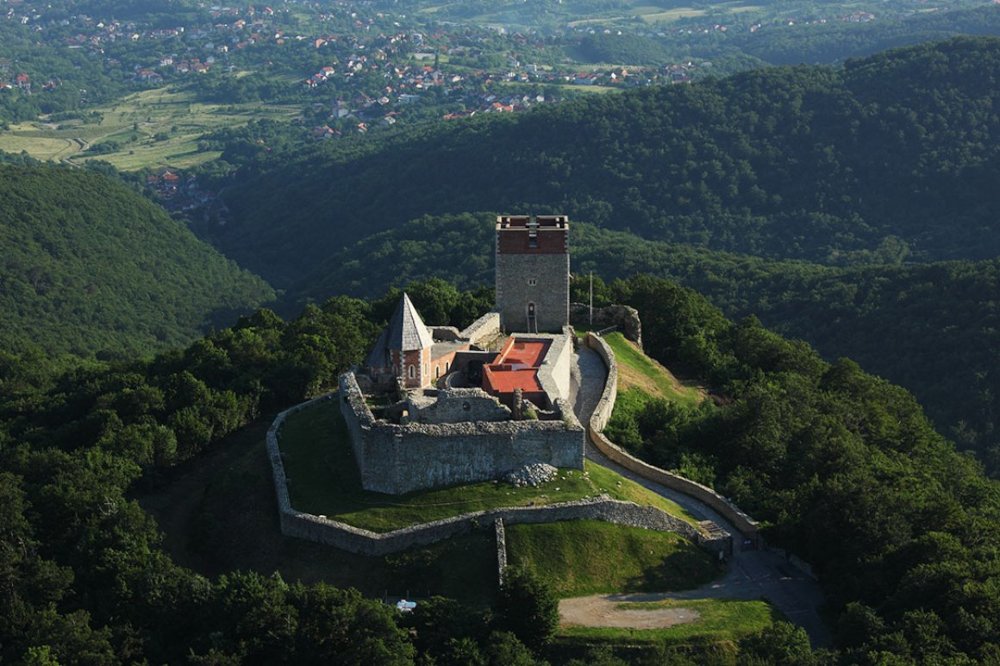 Image source: www.infozagreb.hr
Image source: www.infozagreb.hr
The entry point of the upper town, the Kamenita Stone Gate, is another popular monument. Leading to the Gradec medieval town, it's the last remnant of a shrine. More than just an ordinary gate, it is more of a tunnel and a hefty structure, with its wooden gate hosting the painting 'The Virgin and the child,' a sacred painting attracting men of faith from far and about. Another interesting feature is the statue of Dora Krupic, a famous literary figure. A definite visit to soak in the history and culture of the place.
These were the flagship monuments of the city of Zagreb. Apart from these, there are a number of other highlights, too, featuring Jesuit Church of St.Catherine, Zagreb Cathedral, Parliament Building, St.Mark's Church, and Lotrscak Church. Most of the monuments are free and open to the public around the week and are easily accessible by public or private transport.
Zagreb also has a number of museums on display, offering an insight into the fine history and culture of Croatia. A major checkbox in every traveler's list, The Museum of Broken Relationships is one of the places Zagreb is famous for. Displaying a number of exhibits from all around the world, each one telling a tale of a particular relationship. The stories range from sad to unusual to amusing to heartbreaking, and the sheer uniqueness of this museum is what made it one of the most innovative museums from across Europe and a must-visit for anyone visiting Zagreb.
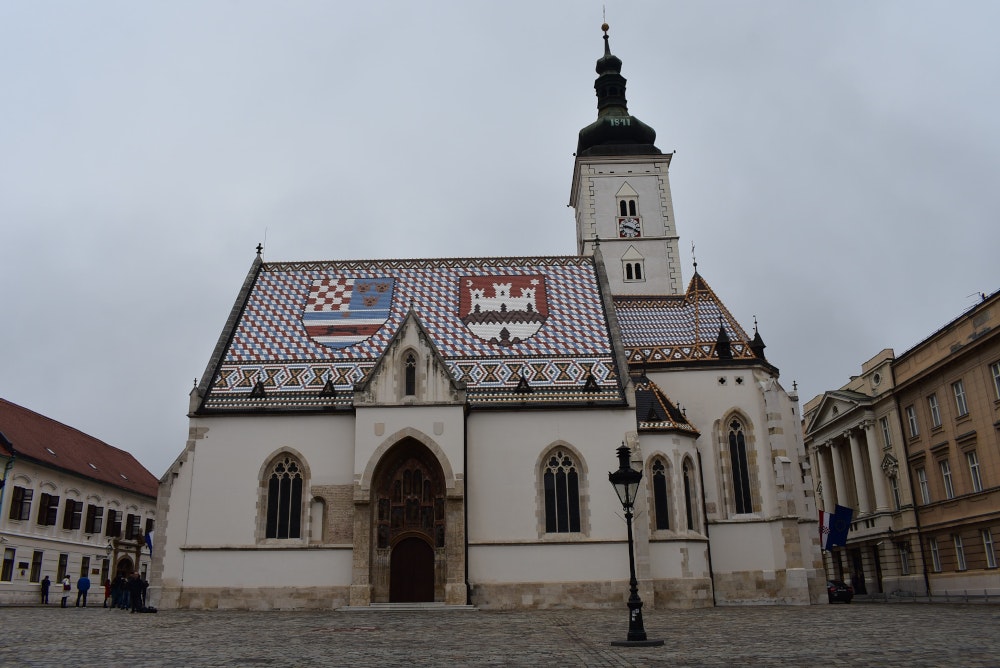
Art plays a big role in Zagreb's history, and hence there are a number of art museums, each specializing in some era or art style. Most notable of them being The Museum of Contemporary Art, the newly founded museum displaying art pieces that are relatively new and quirky in its long history. Most famous for its 'Collection in Motion' exhibit and 'Double Slide' by Carsten Höller. Another striking museum is the Mimara Museum, hosting some 3,750 art pieces from the private collection of Ante Topic Mimara. Hosting pieces by stalwarts such as Caravaggio, Goya, Canaletto, and Manet, it's a fascinating visit for any and every art enthusiast out there.
The list of museums doesn't end here, and hosting a number of other museums such as Automobile Museum Ferdinand Budicki, Images of War Museum, Museum of Illusions, and Zagreb 80s museum, the list is too long, to sum up in a single article. One thing's for sure, Zagreb is a haven for any history or art enthusiast, and the opportunity to soak up the history and culture of this strikingly beautiful city must not be missed.


